Florence
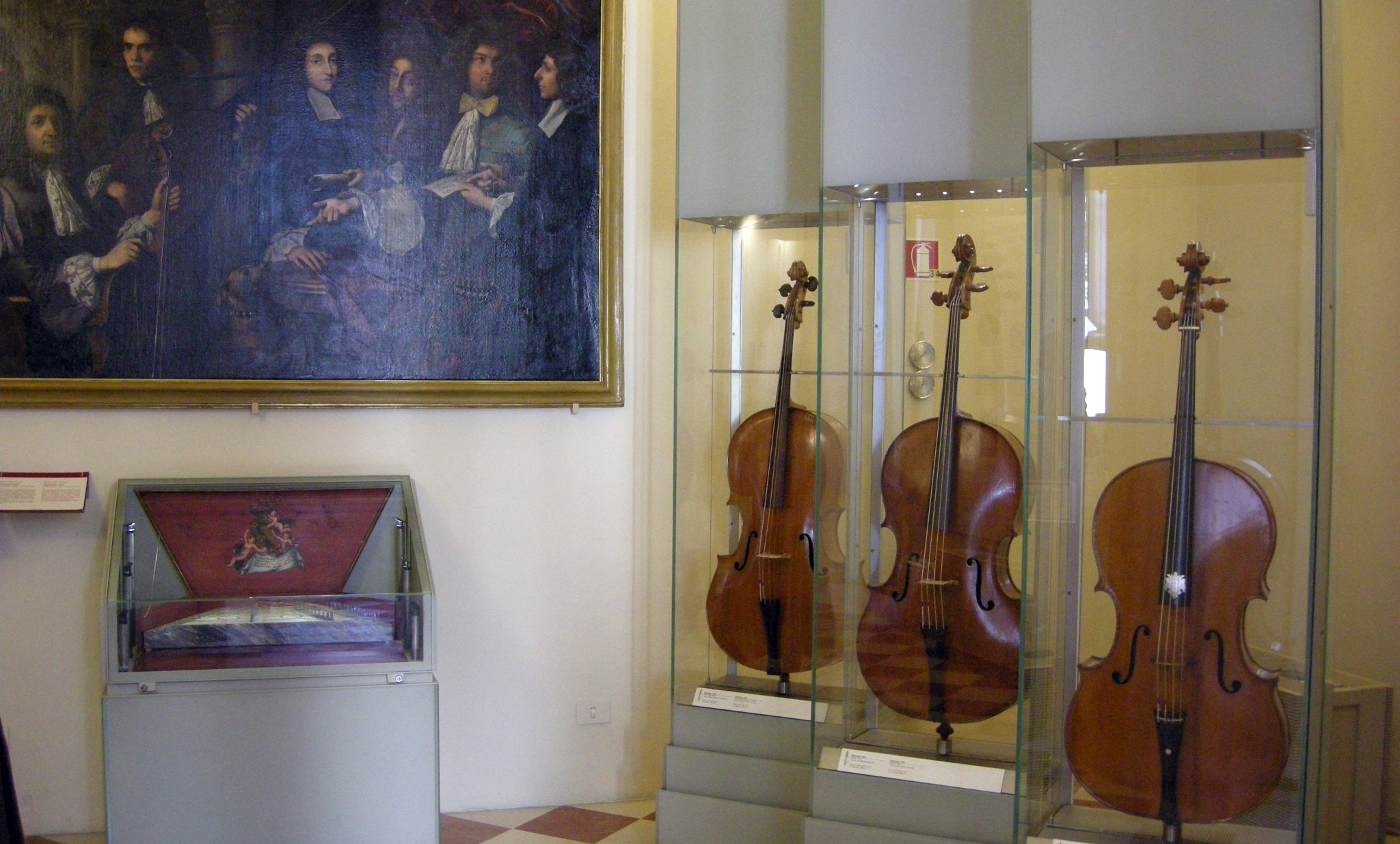
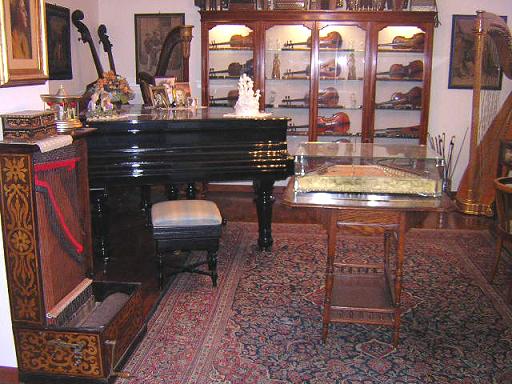
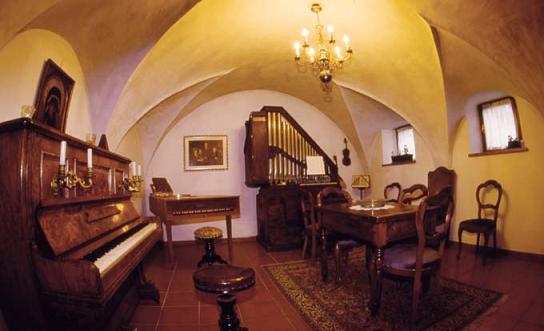
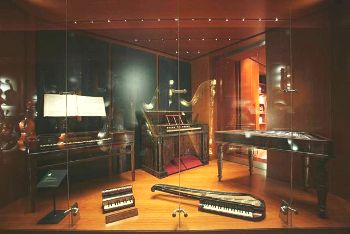




Piazza delle Belle Arti, 1 - 50121 Firenze
3-6
055-2388609
The grand-ducal nucleus, the oldest of the collection, consists of 9 instruments and comes from the Medici collection, collected mainly by the great Prince Ferdinando (1663-1713), son of Cosimo III, between 1640 and 1732. Of this first nucleus they make part, among others, the viola tenore and cello that were part of a string quintet built by Antonio Stradivari on commission of Bartolomeo Ariberti who donated it to Ferdinando, great lover and patron of music, and musician himself.
The viola tenore is the only instrument of Antonio Stradivari that has been preserved until today without undergoing substantial structural changes, while the cello underwent a heavy restoration and "modernization" in 1877. Another part of the collection is a violin and a cello by Niccolò Amati, a Cremonese violin maker and master of the same Stradivarius, built respectively in 1662 and 1660, a violin by Francesco Ruggeri from 1665, a double bass attributed to Bartolomeo Cristofori, conservator of the Medici collection between 1716 and 1732 and famous for having invented the piano, and an instrument unique in the world for the type of material used: a psaltery built with three different qualities of marble, in place of traditional wood, and bearing a dedication in verses to the great Prince Ferdinando.
The instruments coming from the Lorraine collection date back to the end of the 18th century and to the first half of the 19th century. There are 29 instruments of a rather heterogeneous nature, including six stringed instruments, including a viola by Nicolaus Dopfer from 1774, a marine trumpet, some hurdy-gurds and guitars and various wind instruments. Among these is a trio of shooting trombones (contralto, tenor and bass) built by Joseph Huschauer in Vienna in 1813, perhaps the only trio of trombones of the early nineteenth century currently known to have remained intact, and numerous wind instruments to be band.
In addition to this nucleus, there is a pair of machine timpani from the first half of the nineteenth century, a pair of wood xylophones, and a pair of rattles used, according to an inventory of 1863, to perform the 'waltz of the whip'.
With the annexation of Florence to the Kingdom of Italy, and the subsequent termination of the Lorraine court, the collection of musical instruments was entrusted to the Istituto Musicale di Firenze, now Luigi Cherubini Conservatory of Music. The proposal, put forward by the then president of the Institute, Luigi Ferdinando Casamorata, was accepted on 27 February 1863 and the following 4 August the instruments were transferred to the new premises where they could be useful for the education of young musicians.
Casamorata immediately thought of the possibility of establishing a real museum of musical instruments, which could offer examples of the various phases of transformation over time of the main musical instruments and in 1880, complaining with the Belgian Victor-Charles Mahillon the lack of historical wind instruments in the collection, he obtained from these a donation of numerous reproductions of ancient instruments, including some based on models from ancient Rome, or Pompeii. At his death, moreover, Casamorata himself left his instrument collection at the Istituto Musicale, of which nine instruments were part, including the Persian harpsichord Longmann & amp; Broderip of 1785.
In 1939 the museum was enriched by a donation of non-European instruments by the Countess Editta Rucellai.
This was followed by several other donations, the last of which, in very recent times, was that of the Gatti-Kraus barons, including some pieces from the collection of Alessandro Kraus, among which a polygonal spinet attributed to Domenico da Pesaro and a keyboard stand out. of piano attributed to Bartolomeo Cristofori.
Later the Museum was closed to the public waiting to find spaces suitable to new needs and most of the instruments of the collection could be visited on the occasion of two exhibitions set up in 1980 and 1981 respectively at Palazzo Pitti and Palazzo Vecchio.
On 15 May 1996, following an agreement between the Ministry of Education and the Ministry for Cultural Heritage and Activities, the collection of instruments was given on loan to the Accademia Gallery in Florence.
Tuesday to Sunday, 8.15-18.50 hours Closing: Monday, New Year, May 1st, Christmas
Où sommes-nous
Autres Musées
Previous
Next
-
Area: Centro storico
-
Area: Centro storico
-
Area: Centro storico
-
Area: Centro storico
-
Area: Centro storico
-
Area: Centro storico
-
Area: Centro storico
-
Area: Semi-Centro
-
Area: Centro storico
-
Area: Centro storico
-
Area: Centro storico
-
Area: Centro storico
-
Area: Centro storico
-
Area: Centro storico
-
Area: Centro storico
-
Area: Semi-Centro
-
Area: Centro storico
-
Area: Centro storico
-
Area: Centro storico
-
Area: Centro storico
-
Area: Centro storico
-
Area: Centro storico
-
Area: Centro storico
-
Area: Centro storico
-
Area: Centro storico
-
Area: Centro storico
-
Area: Centro storico
-
Area: Centro storico
-
Area: Centro storico
-
Area: Centro storico
-
Area: Centro storico
-
Area: Centro storico
-
Area: Centro storico
-
Area: Ponte Vecchio
-
Area: Centro storico
-
Area: Centro storico
-
Area: Centro storico
-
Area: Centro storico
-
Area: Centro storico
-
Area: Centro storico
-
Area: Centro storico
-
Area: Centro storico
-
Area: Centro storico
-
Area: Centro storico
-
Area: Centro storico
-
Area: Centro
-
Area: Centro storico
-
Area: Centro storico
-
Area: Centro storico





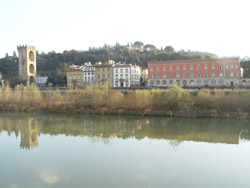
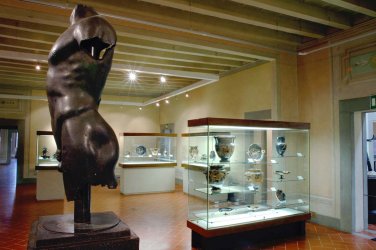
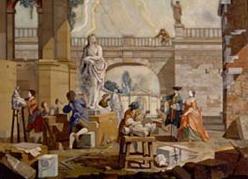
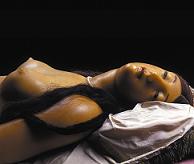
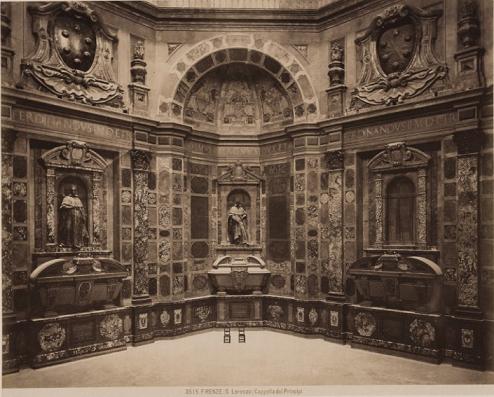
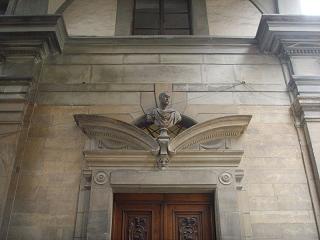
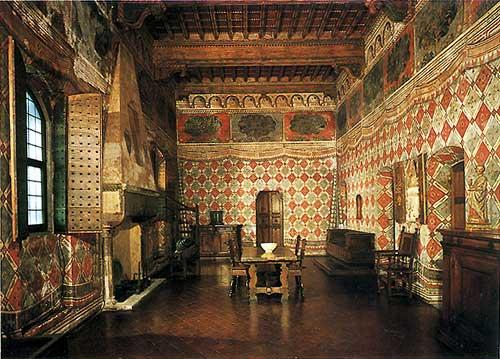
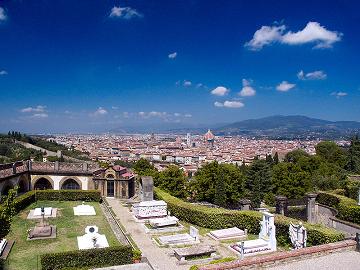
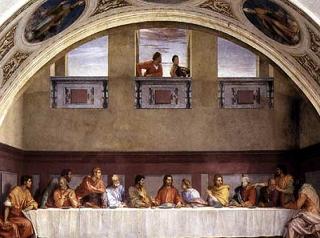
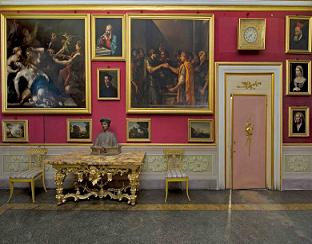
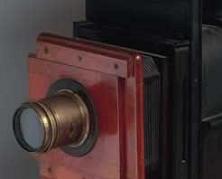
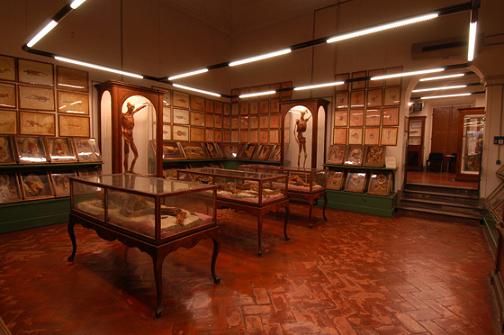
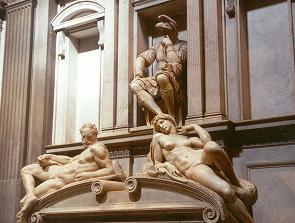
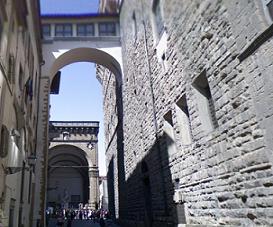


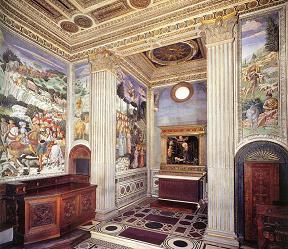
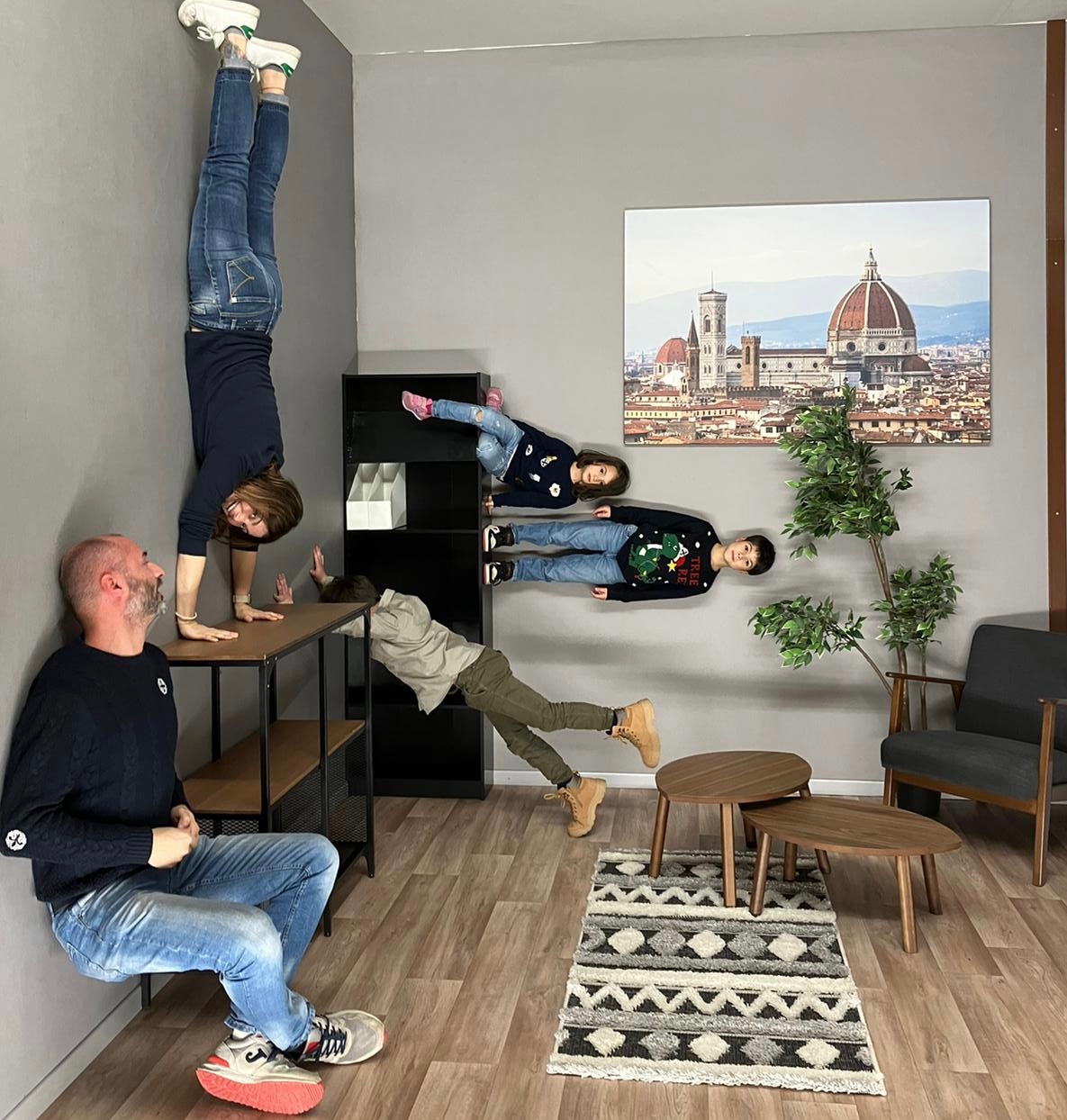
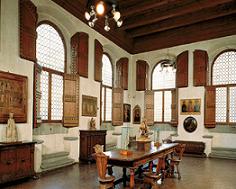
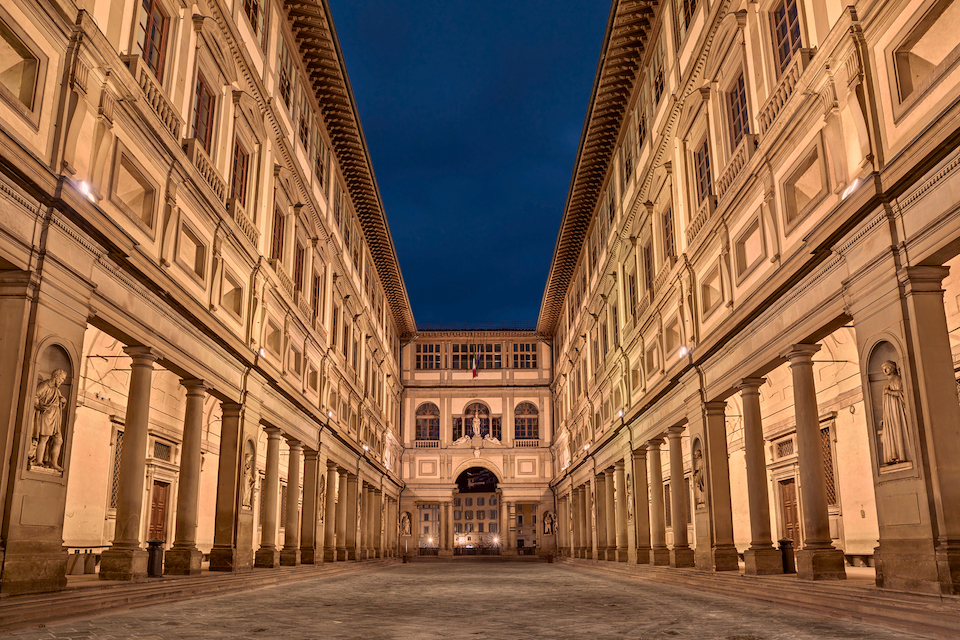
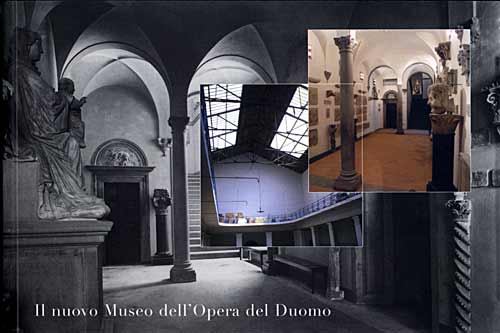
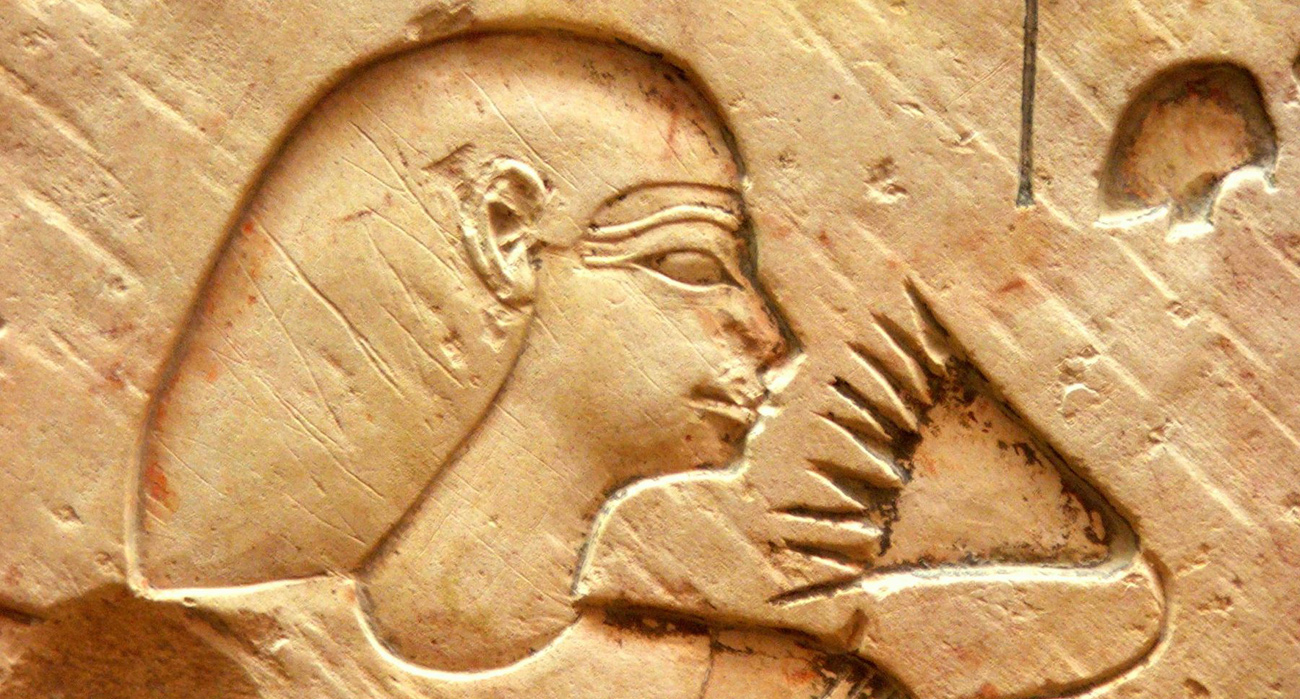
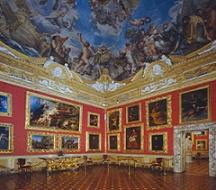
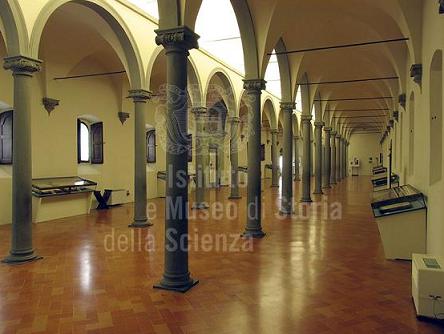
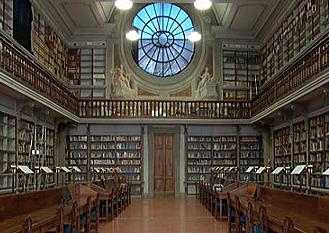
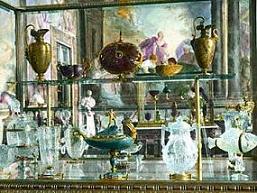

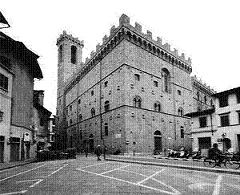
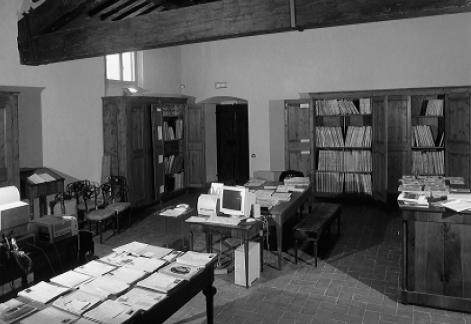
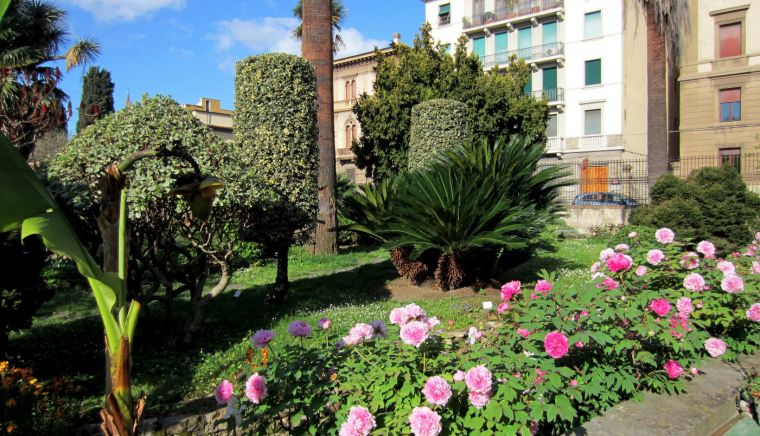
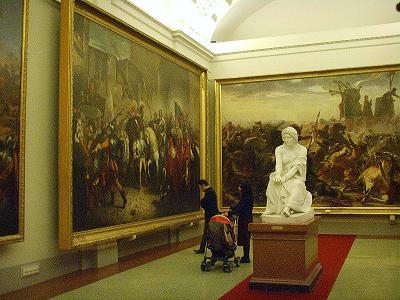



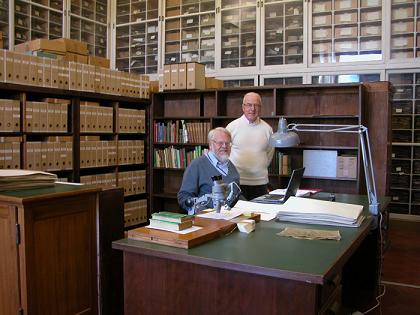
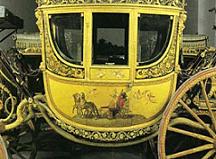
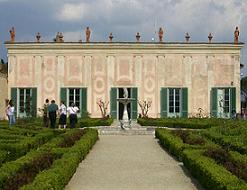
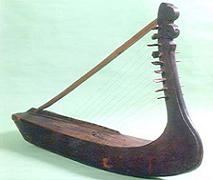
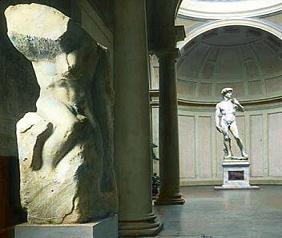
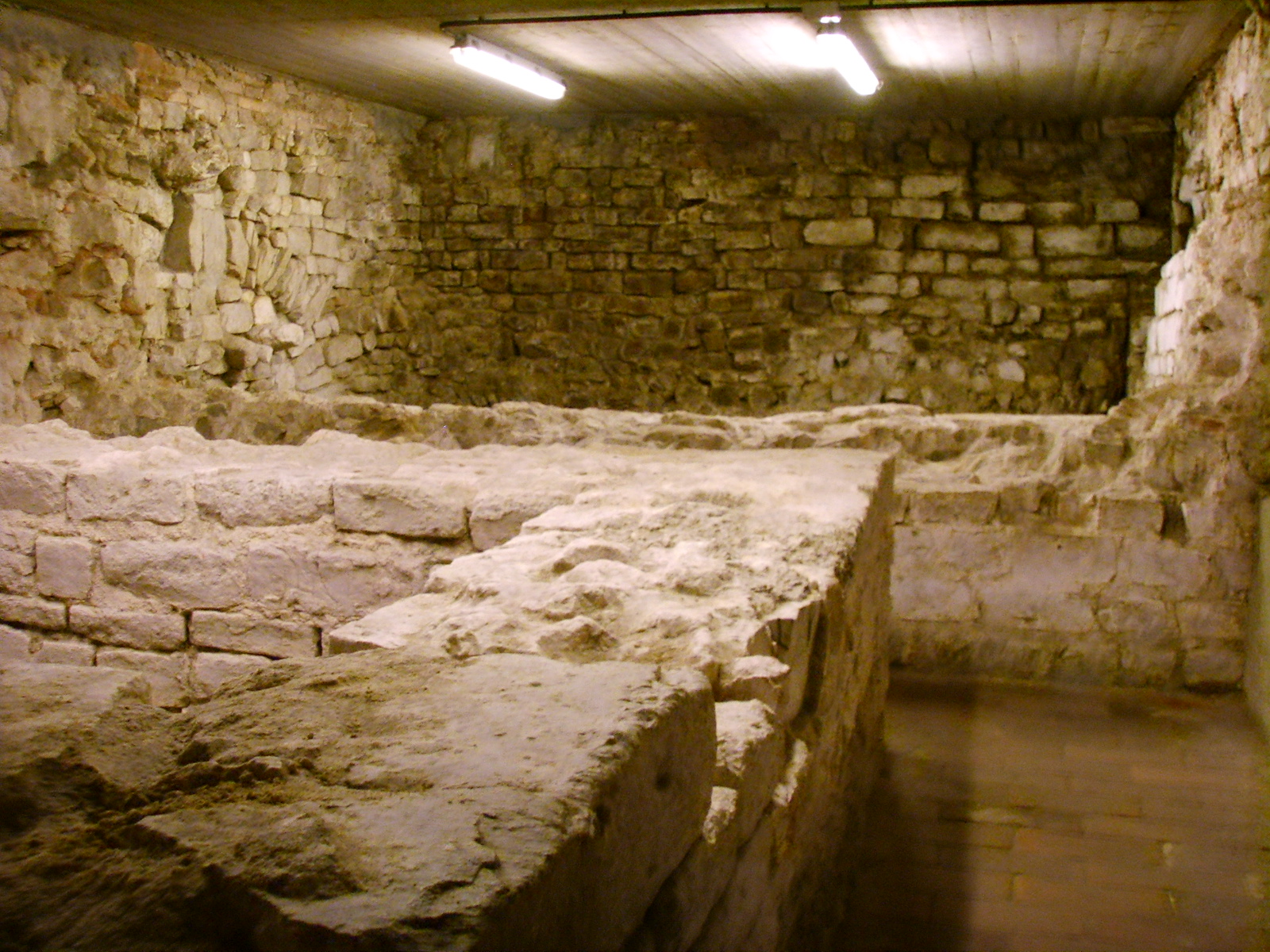

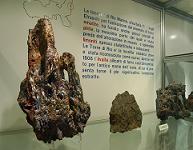
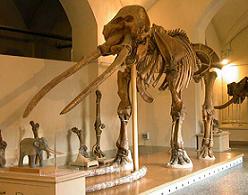
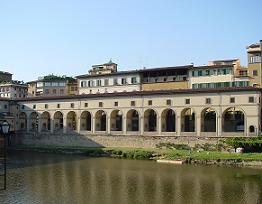
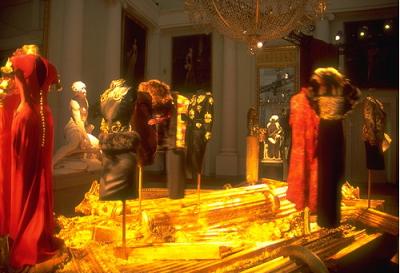
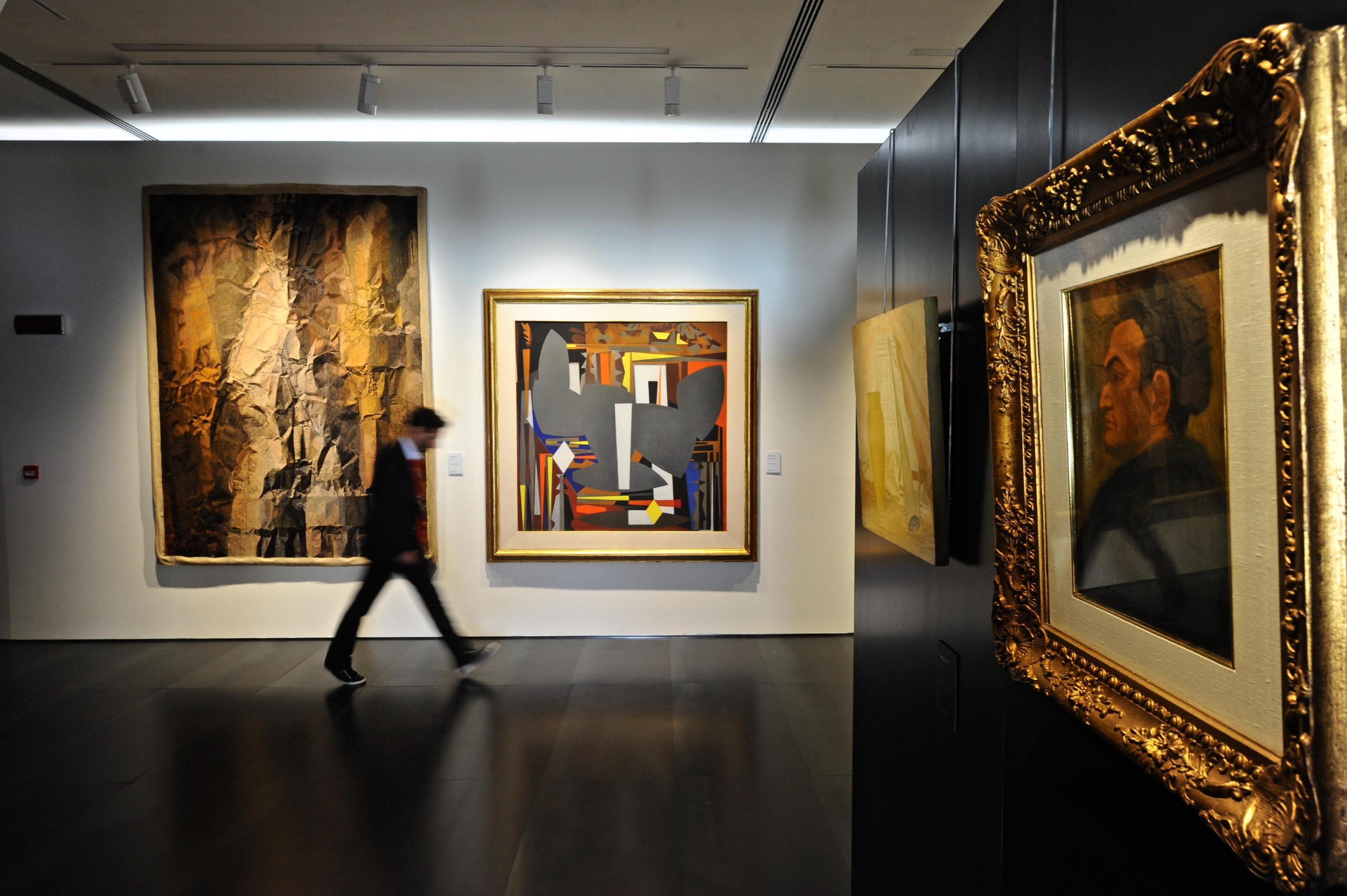
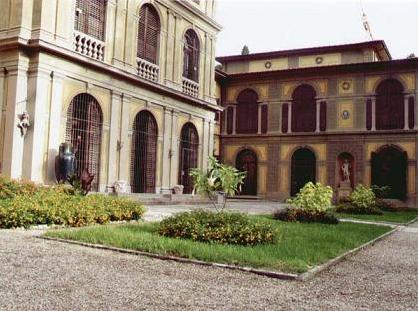
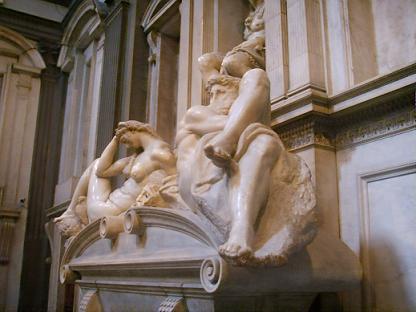

Commentaires